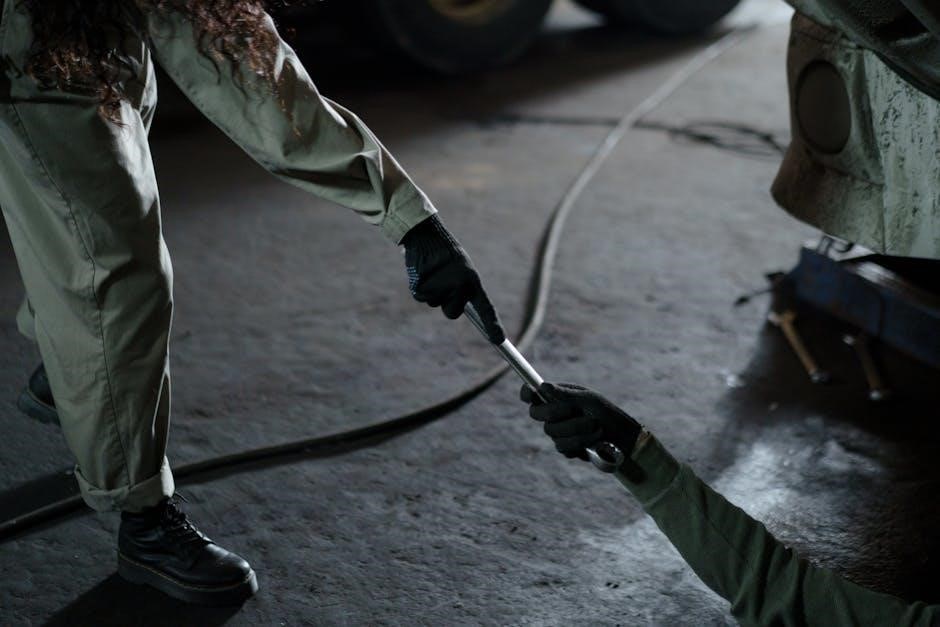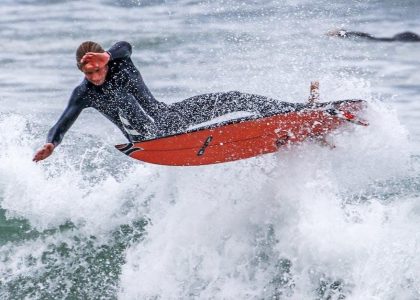Manual Awning Parts: A Comprehensive Guide
Manual awnings offer a blend of simplicity and reliability‚ making them a popular choice. Understanding their components is key for maintenance. This guide explores the essential parts of a manual awning system‚ from the roller tube to the mounting brackets. Knowing these parts empowers you to keep your awning in top condition.
Overview of Manual Awnings
Manual awnings provide a traditional‚ straightforward shading solution‚ valued for their simplicity and dependability. Unlike their motorized counterparts‚ manual awnings rely on hand-operated mechanisms‚ offering a cost-effective and user-friendly way to control sunlight and enhance outdoor comfort. These awnings are particularly appealing for those who appreciate low-maintenance systems and prefer not to depend on electrical components.
Their design typically features a crank handle that allows users to extend or retract the awning smoothly. This manual operation provides a tactile experience and a sense of control over the awning’s position. Manual awnings are well-suited for various applications‚ including patios‚ decks‚ windows‚ and RVs‚ offering versatile shade options for both residential and recreational settings. The absence of electrical parts also makes them a reliable choice for off-grid locations or areas with frequent power outages.
Furthermore‚ manual awnings are often lighter than motorized models‚ simplifying installation and reducing the strain on mounting structures. They represent a practical and time-tested approach to sun protection‚ combining ease of use with lasting durability.
Essential Components of a Manual Awning System
A manual awning system comprises several key components working in harmony to provide reliable shade and protection. The core of the system is the roller tube‚ a cylindrical structure around which the awning fabric is wound. High-quality fabric‚ typically acrylic or vinyl‚ is chosen for its durability and resistance to weather elements. Awning arms‚ hinged and sturdy‚ extend and retract the fabric‚ providing support and tension.
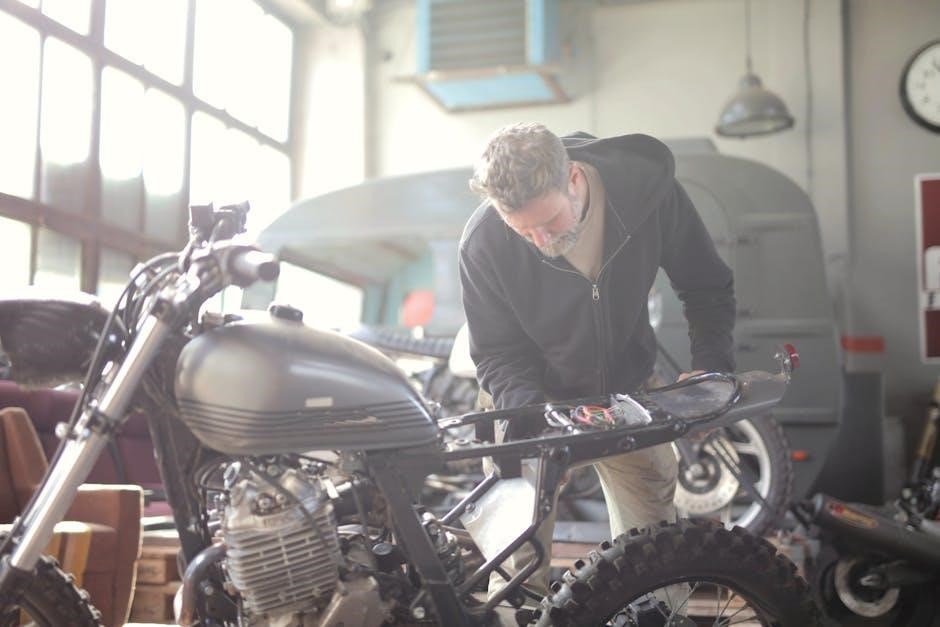
The crank handle and gear mechanism enable smooth and controlled manual operation of the awning. End caps and connectors secure the fabric and components‚ ensuring structural integrity. Mounting brackets and support structures attach the awning to the building or RV‚ providing stability. These brackets must be robust to withstand wind and tension.
Each component plays a crucial role in the awning’s overall functionality. The quality of these parts dictates the awning’s longevity and performance. Regular inspection and maintenance of these components are vital for preserving the awning’s operational efficiency and extending its lifespan. Understanding these essential parts empowers users to address minor repairs and replacements effectively.
Roller Tube and Fabric
The roller tube serves as the central element around which the awning fabric neatly winds and unwinds. Typically constructed from aluminum or galvanized steel‚ the roller tube must possess exceptional strength and rigidity to withstand the constant tension and stress exerted by the fabric. Its diameter and wall thickness are carefully chosen to prevent bending or deformation over time‚ ensuring smooth and reliable operation. The tube’s surface is often treated to resist corrosion‚ further enhancing its durability.
The awning fabric‚ usually crafted from durable materials like acrylic or vinyl‚ forms the primary shading surface. This fabric is specifically designed to withstand prolonged exposure to sunlight‚ rain‚ and wind‚ providing effective protection and enhancing the aesthetic appeal of the awning. Seams are reinforced to prevent tearing‚ and UV-resistant coatings prevent fading and degradation.
The connection between the roller tube and fabric must be seamless and secure to prevent slippage or detachment. High-quality staples‚ adhesives‚ or specialized fasteners are employed to ensure a robust bond. Regular inspection of this connection is crucial for maintaining the awning’s structural integrity and overall performance. A well-maintained roller tube and fabric combination guarantees years of reliable shade and protection.
Awning Arms and Hardware
Awning arms are the structural supports extending from the mounting point to the front bar‚ dictating the awning’s projection. These arms are typically constructed from aluminum or steel‚ chosen for their strength-to-weight ratio and resistance to corrosion. The design of the arms often incorporates joints or hinges‚ allowing the awning to retract smoothly and efficiently. These joints are critical points that require regular lubrication and inspection to prevent seizing or excessive wear.
The hardware encompasses all the smaller components that facilitate the awning’s operation and secure its various parts. This includes bolts‚ screws‚ rivets‚ and brackets‚ all carefully selected for their durability and resistance to environmental factors. Stainless steel hardware is often preferred in coastal areas to combat corrosion.
Proper installation of the awning arms and hardware is essential for the awning’s stability and longevity. Incorrectly installed hardware can lead to premature wear‚ instability‚ and potential failure of the awning system. Regular inspection of all hardware components is recommended to identify any signs of wear‚ corrosion‚ or loosening. Replacing worn or damaged hardware promptly will ensure the awning operates safely and effectively for years to come.
Crank Handle and Gear Mechanism
The crank handle serves as the primary interface for operating a manual awning‚ providing the leverage needed to extend and retract the fabric. Ergonomics play a key role in the handle’s design‚ with considerations for grip and length to minimize user effort. The crank handle connects directly to the gear mechanism‚ a critical assembly responsible for translating rotational motion into linear movement.
The gear mechanism typically consists of a worm gear and a mating gear‚ chosen for their high gear ratio and self-locking properties. The worm gear‚ driven by the crank handle‚ rotates the mating gear‚ which in turn drives the roller tube. This arrangement allows for smooth and controlled operation‚ even with large awnings. The gear mechanism is usually housed within a protective casing to shield it from the elements and prevent debris from interfering with its operation.
Proper maintenance of the crank handle and gear mechanism is essential for ensuring smooth and reliable awning operation. Regular lubrication of the gears is recommended to reduce friction and prevent wear. Inspecting the crank handle for damage or wear is also important‚ as a broken handle can render the awning inoperable. Replacement parts for the crank handle and gear mechanism are typically readily available.
End Caps and Connectors
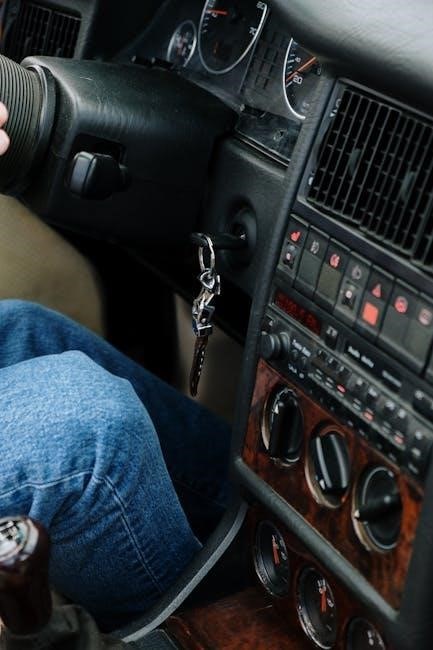
End caps and connectors are small but crucial components in a manual awning system. End caps serve primarily to protect the ends of the roller tube and awning arms‚ preventing debris and moisture from entering and causing damage. These caps are often made of durable plastic or metal to withstand exposure to the elements and physical impacts. They also contribute to the overall aesthetic appeal of the awning by providing a finished look.
Connectors‚ on the other hand‚ play a vital role in joining different sections of the awning frame together. These connectors are typically found at the joints of the awning arms‚ where they allow for smooth articulation and folding. They must be strong and reliable to ensure the structural integrity of the awning‚ especially when it is fully extended and exposed to wind or rain.
The material used for connectors varies depending on the design and the load they are expected to bear. Common materials include aluminum‚ steel‚ and reinforced plastics. Regular inspection of end caps and connectors is important to identify any signs of wear‚ cracking‚ or corrosion. Replacing damaged or missing end caps and connectors promptly can prevent more serious damage to the awning and ensure its continued safe and reliable operation.
Mounting Brackets and Support Structures
Mounting brackets and support structures are essential for securely attaching a manual awning to a building or RV. These components bear the entire weight of the awning and must withstand significant forces from wind‚ rain‚ and snow; The design and strength of the brackets and supports directly impact the awning’s stability and longevity.
Mounting brackets are typically made of heavy-duty steel or aluminum to resist corrosion and provide maximum strength. They come in various shapes and sizes to accommodate different mounting surfaces‚ such as walls‚ roofs‚ or fascia boards. Proper installation of the mounting brackets is crucial to ensure that the awning is level and securely anchored.
Support structures‚ such as lateral arms and torsion bars‚ provide additional stability and prevent the awning from sagging or twisting. These structures distribute the load evenly across the mounting brackets and help to maintain the awning’s shape. Regular inspection of the mounting brackets and support structures is necessary to identify any signs of damage or loosening. Tightening bolts‚ replacing worn parts‚ and reinforcing weak areas can prevent the awning from collapsing or becoming detached.
Choosing the right mounting brackets and support structures for your specific awning and mounting location is critical for ensuring its safe and reliable operation.
Common Repair Parts and Replacements
Manual awnings‚ despite their robust design‚ are subject to wear and tear. Identifying common repair parts and replacements is crucial for maintaining their functionality and extending their lifespan. Over time‚ components like crank handles‚ gears‚ and arm joints can fail due to frequent use or exposure to the elements.
Crank handles are often the first to show signs of wear‚ as they endure constant twisting and pulling; Replacement handles are readily available and typically easy to install. Gear mechanisms‚ responsible for smooth awning operation‚ can become stripped or jammed. Replacing the gear requires some mechanical skill but can restore the awning’s functionality.
Awning arms and joints are susceptible to damage from wind gusts or accidental impacts. Replacement arms and joint kits are available to address bent or broken components. Fabric replacement is also a common repair‚ as the fabric can fade‚ tear‚ or develop mold over time. Universal repair parts‚ designed to fit various awning brands‚ offer a cost-effective solution for minor repairs.
Regular inspection of your manual awning will help you identify potential problems early on. Keeping a stock of common repair parts can minimize downtime and ensure your awning remains in optimal condition.
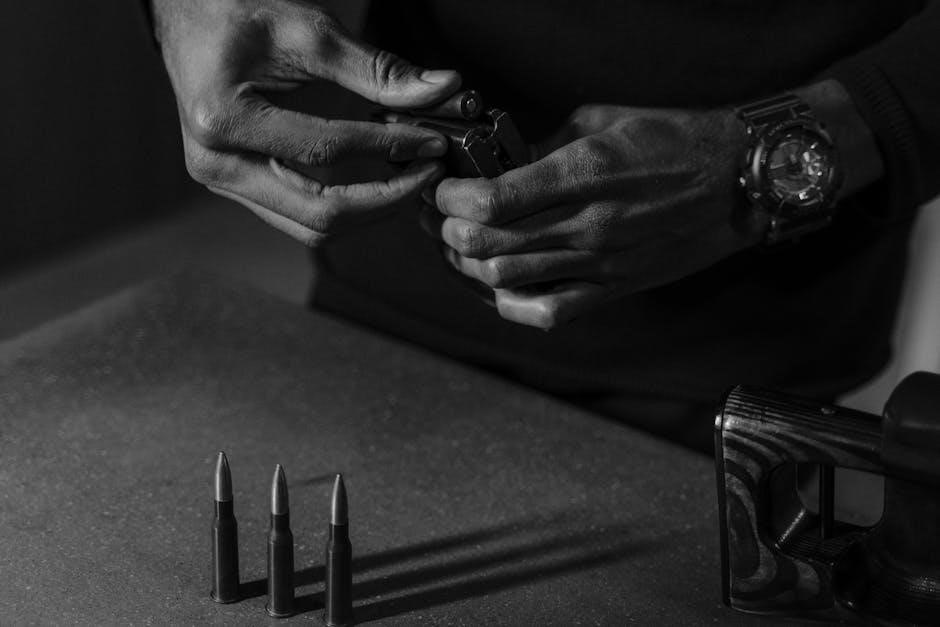
Fabric Replacement Guide
Replacing the fabric on a manual awning is a common maintenance task that can significantly extend its lifespan and improve its appearance. Over time‚ awning fabric can fade‚ tear‚ develop mold‚ or simply become outdated. Fortunately‚ replacing the fabric is a manageable DIY project with the right tools and knowledge.
Before you begin‚ carefully measure the existing fabric to ensure you purchase the correct size replacement. Consider the fabric type and color to match your aesthetic preferences and functional needs. Acrylic fabrics are known for their durability and UV resistance‚ while vinyl fabrics offer excellent water resistance.
The replacement process typically involves removing the old fabric from the roller tube and awning arms. This may require detaching staples‚ screws‚ or other fasteners. Once the old fabric is removed‚ carefully attach the new fabric to the roller tube and arms‚ ensuring a snug and even fit. Use appropriate fasteners‚ such as staples or screws‚ to secure the fabric in place.
Take your time and pay attention to detail to achieve a professional-looking result. With a new fabric‚ your manual awning will not only look refreshed but also provide reliable shade and protection for years to come.
Crank Handle and Gear Repair
The crank handle and gear mechanism are crucial components of a manual awning‚ responsible for extending and retracting the awning smoothly. Over time‚ these parts can wear out‚ become damaged‚ or develop issues that affect their functionality. Common problems include a stiff or difficult-to-turn crank handle‚ slipping gears‚ or a complete failure of the mechanism.
Fortunately‚ many of these issues can be resolved with proper repair and maintenance. Start by inspecting the crank handle and gear mechanism for any signs of damage‚ such as cracks‚ rust‚ or worn-out teeth. Lubricate the gears with a suitable grease or lubricant to reduce friction and improve their operation.
If the crank handle is bent or damaged‚ it may need to be replaced. Replacement crank handles are readily available and easy to install. For more complex gear issues‚ you may need to disassemble the mechanism to identify the specific problem. Worn-out gears can be replaced with new ones‚ ensuring smooth and reliable operation.
In some cases‚ the entire gear mechanism may need to be replaced. When selecting replacement parts‚ ensure they are compatible with your awning model. With proper care and timely repairs‚ the crank handle and gear mechanism of your manual awning can provide years of reliable service.
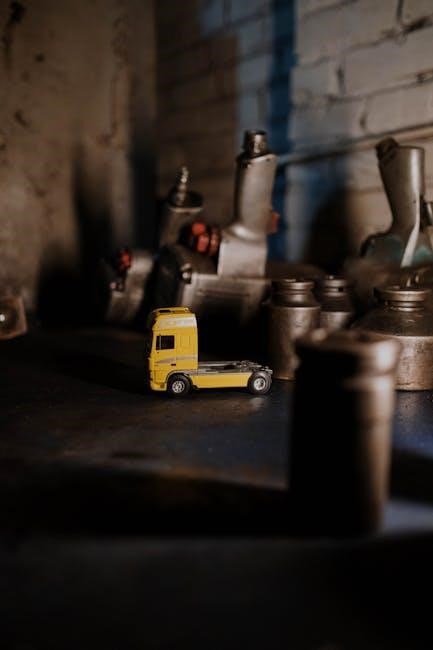
Arm and Joint Maintenance
The awning arms and their joints are critical for the structural integrity and smooth operation of a manual awning. These components bear the brunt of the awning’s weight and are constantly exposed to the elements‚ making regular maintenance essential. Over time‚ the joints can become stiff‚ corroded‚ or loose‚ affecting the awning’s ability to extend and retract properly.
To maintain the arms and joints‚ start by inspecting them for any signs of rust‚ corrosion‚ or damage. Clean the arms and joints regularly with a mild soap and water solution to remove dirt and debris. Lubricate the joints with a silicone-based lubricant to keep them moving smoothly.
Pay close attention to any loose bolts or screws. Tighten them as needed to ensure the arms and joints remain secure. If any of the joints are excessively worn or damaged‚ they may need to be replaced. Replacement joints are available and can be installed with basic tools.
For awnings in coastal areas‚ consider applying a corrosion-resistant coating to the arms and joints to protect them from salt air. Regularly inspect the awning arms and joints and address any issues promptly to prevent further damage. Proper maintenance will extend the lifespan of your awning and ensure its continued reliable performance.
Universal Parts and Compatibility
When it comes to repairing or upgrading a manual awning‚ understanding universal parts and compatibility is crucial. While some awning components are brand-specific‚ many parts are designed to be universal‚ fitting a wide range of awning models and brands. This can significantly simplify the repair process and make finding replacement parts more accessible.
Universal parts often include items such as crank handles‚ gear mechanisms‚ end caps‚ connectors‚ and some mounting brackets. These parts are manufactured to standard dimensions and specifications‚ allowing them to be used across different awning brands. However‚ it’s essential to verify compatibility before purchasing any universal part.
To determine if a part is compatible‚ compare the dimensions and specifications of the original part with those of the universal replacement. Pay close attention to the size of the roller tube‚ the diameter of the crank handle‚ and the type of mounting bracket required.
Many online retailers and awning suppliers offer compatibility charts or guides to help you find the right universal parts for your awning. These resources can save you time and effort by ensuring that the replacement part will fit and function correctly.
Consider consulting with a professional awning installer or repair technician for guidance on selecting compatible parts.

